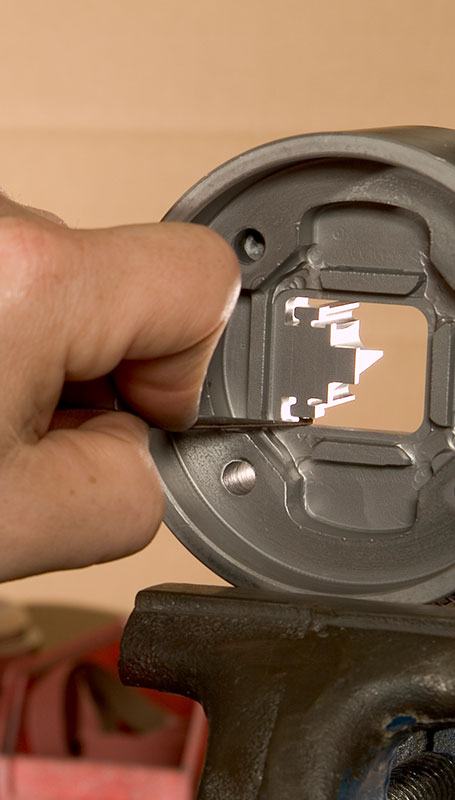CAPALEX will be closing for the Christmas Holidays 3:30pm Wednesday 24th December & our Sales Office will be reopening 9:00am Friday 2nd January 2026.
Merry Christmas and a Happy New Year from the CAPALEX TEAM!
CAPALEX will be closing for the Christmas Holidays 3:30pm Wednesday 24th December & our Sales Office will be reopening 9:00am Friday 2nd January 2026.
Merry Christmas and a Happy New Year from the CAPALEX TEAM!

Aluminium alloy 2024, is a high copper alloy and has a very high strength, slightly higher than 2014. With a high fatigue strength, this is used to an advantage on structures and parts where good strength to weight ratio are required.
Alloy 2024 commonly used for aerospace components – machined or fabricated items. Also used for engineering.
Aerospace materials are covered by the ‘L’ series of British standards.
2024 Aluminium Alloy Data Sheet
Properties given are typical and should only be used for comparisons of alloys. Actual values will depend on section specification.
| Forming | Good | |
| Machining | Good | |
| Welding | Not Suitable except for friction welding | |
| Brazing/Soldering | Not Suitable | |
| Protective Anodising | Fair | |
| Aesthetic Anodising | Not Suitable | |
| Mechanical Properties | ||
| Temper | T3, T3510, T3511 | |
| 0.2% Proof Stress Min N/mm2 | 310, 310, 310 | |
| Ultimate Tensile Strength Min N/mm2 | 450, 450, 450 | |
| Chemical Composition EN AW-2024 | |
|---|---|
| Si | 0.5 |
| Fe | 0.5 |
| Cu | 3.8-4.9 |
| Mn | 0.3-0.9 |
| Mg | 1.2-1.8 |
| Cr | 0.10 |
| Zn | 0.25 |
| Ti | 0.15 |
| Others (each) | 0.05 |
| Others (total) | 0.15 |
| Aluminium | Remainder |
(The chemical composition of aluminium and aluminium alloys is supplied in percentage by mass. Limits are expressed as a maximum unless shown as a range or a minimum.)
| Similar and Obsolete Specifications | |
|---|---|
| QQ-A-200 /3 | ASTM B 221 |
| UNS A92024 | DIN AlCuMg2 (Germany) |
| NF A - U 4G1 (France) | P-AlCu4.5MgMn (Italy) |

 Capital Aluminium Extrusions Limited
Capital Aluminium Extrusions Limited